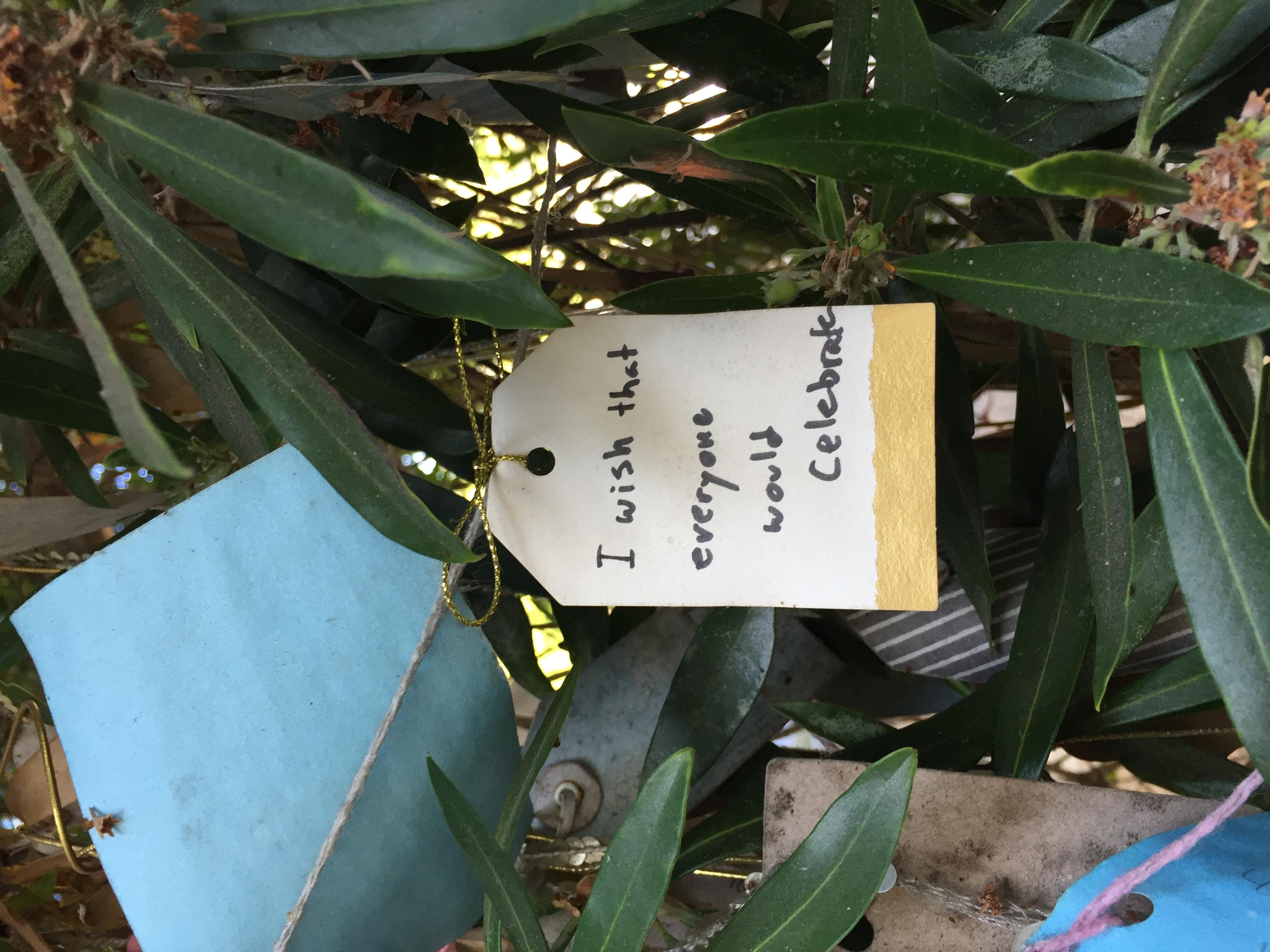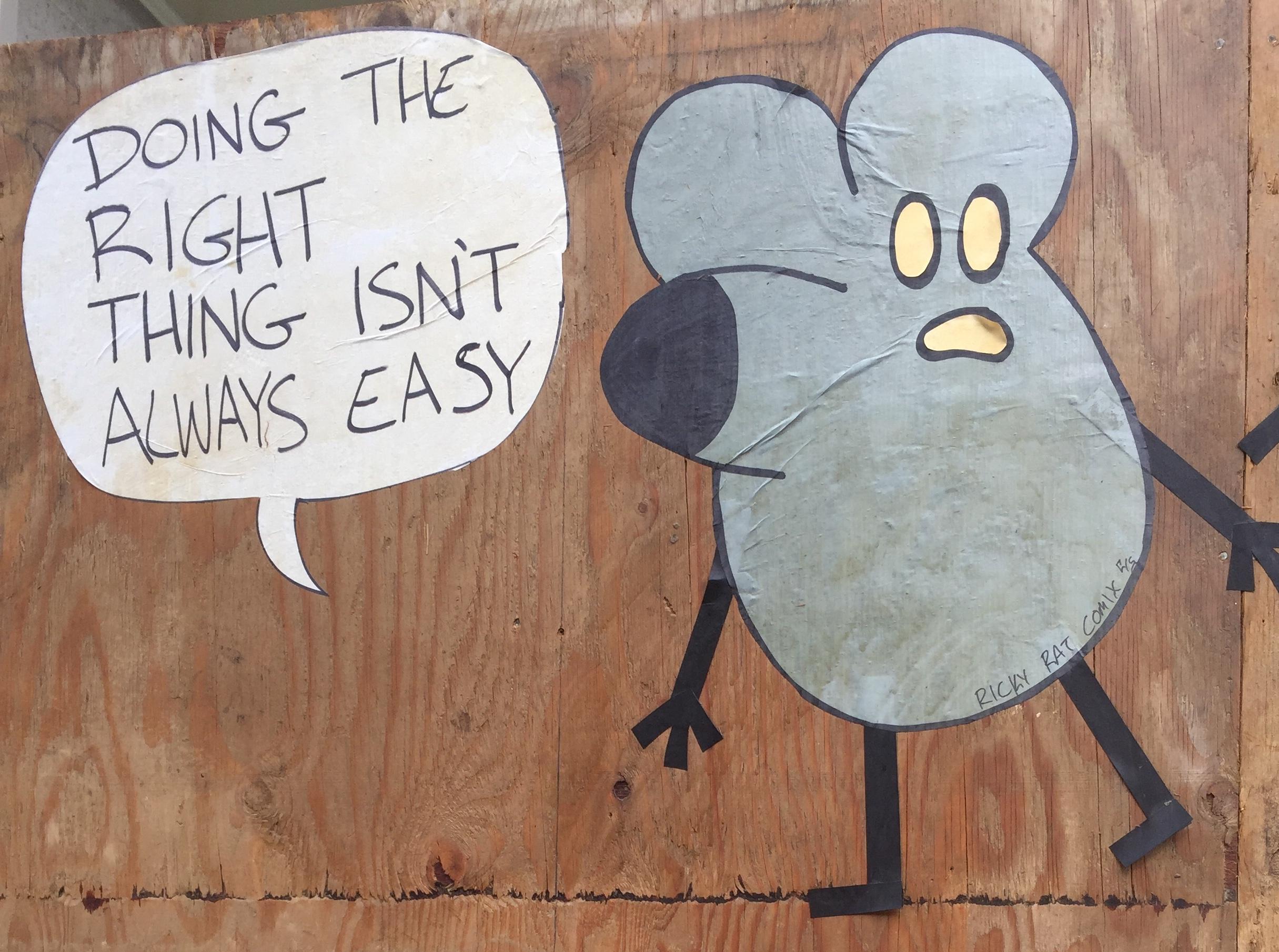10 Tools to Give You and Your Nonprofit Donor Space to Co-Create — and Change the World
 I recently wrote about 4 Strategies to Listen so Others Will Talk, noting the secret to building authentic relationships is to use your two ears and one mouth in that proportion.
I recently wrote about 4 Strategies to Listen so Others Will Talk, noting the secret to building authentic relationships is to use your two ears and one mouth in that proportion.
It’s a good start, but there’s more.
You can’t just listen passively.
Active listening, supported by powerful, succinct, to-the-point generative questions – that’s what will draw you and your donor (or anyone with whom you’re in relationship) closer together.
But not all active listening is created equal. And you may think you’re actively listening, when really you’ve listened for a hot minute; then gone down your own rabbit hole of reality. In that rabbit hole, you become the narrator. It thus becomes your story, not the donor’s.
Uh, oh.
Today we’ll explore how to draw your donor out so you truly hear their voice and sense their emotions, not your own.
1. Economy of language.
This is something I value, as an outsider looking in.
I’m not good at it.
Details




 Spring is always a good time for rebirth and dusting away the cobwebs. And what a grave, dusty, cobwebby year it’s been.
Spring is always a good time for rebirth and dusting away the cobwebs. And what a grave, dusty, cobwebby year it’s been.




 Everyone is saying it.
Everyone is saying it.